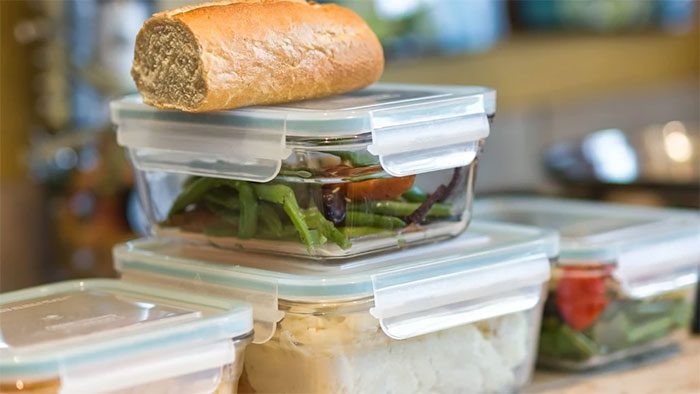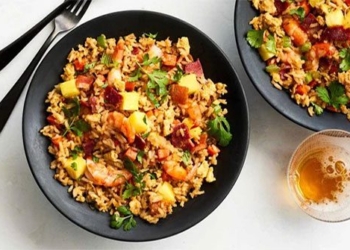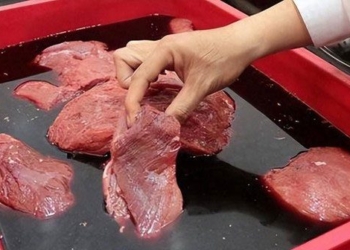During the Lunar New Year, the amount of leftover food increases significantly, making it more challenging to store properly in the refrigerator and increasing the risk of food poisoning if not handled correctly.
How to Store Leftover Food to Prevent Food Poisoning
Properly storing leftover food in the refrigerator helps you avoid wasting food, especially during the festive season when there are often many leftovers. However, keeping leftovers for too long can pose health risks, such as food poisoning. So, how long can you safely store Lunar New Year leftovers in the refrigerator?
Properly Storing Leftover Food in the Refrigerator
Storing leftover food correctly ensures it remains safe for as long as possible and helps prevent cross-contamination between different food items. Here’s how to store leftovers in the refrigerator:
Cool or Freeze Leftover Food Within 2 Hours
Bacteria thrive at temperatures between 4°C and 60°C, known as the “danger zone.” To ensure safety, you should refrigerate leftovers within 2 hours after cooking (or within 2 hours after removing them from a warming device).
While refrigeration slows the growth of most bacteria, it’s important to note that some bacteria, like Listeria monocytogenes, can still grow at cold temperatures.
Store Leftovers in Sealed Bags or Shallow, Airtight Containers
Sealing, wrapping, or covering food helps keep it moist and prevents unwanted odors from other foods.
When choosing food storage containers, opt for plastic containers labeled with numbers 2, 4, or 5 on the bottom, which are considered safe for food storage. Glass containers are preferred for ensuring health safety.
Label Food Containers
Labeling food containers helps you track when you started storing the food, allowing you to plan which items to eat first and when to discard others. You should also note which foods have a shorter shelf life and prioritize eating those first.
Store Leftovers on the Top Shelf of the Refrigerator
Leftovers should not come into contact with bacteria that may drip from raw meat or other foods. Therefore, it’s best to keep leftovers on the top shelf of the refrigerator (not the freezer).
Keep Your Refrigerator Below 4°C
This temperature can prevent the growth of most bacteria.
Discard Reheated Leftovers
When reheating food from the refrigerator, some bacteria may have developed in the leftovers. Therefore, if you don’t finish the reheated food, it’s best to discard it.
Thaw Frozen Leftovers Safely in the Refrigerator
If your leftovers are stored in a frozen state, you should thaw them in the refrigerator. Avoid thawing at room temperature, as this can lead to bacterial contamination and pose health risks.

Store leftovers in airtight containers in the refrigerator. (Photo: Internet).
How to Reheat Leftover Food from the Refrigerator
If you reheat food from the refrigerator incorrectly, you risk food poisoning or digestive issues such as diarrhea and stomach pain. Therefore, when reheating leftovers, keep the following points in mind:
- Reheat refrigerated leftovers to a temperature of at least 74°C to kill harmful bacteria. Meat juices and sauces should be heated until boiling.
- Reheat leftovers on the stove, in the oven, or in the microwave. Avoid using slow cookers or warming trays to reheat leftovers, as these can keep the food temperature in the danger zone, making it unsafe to eat.
Explaining why eating leftover food stored in the refrigerator may cause cancer
Where do leftovers from cooking competitions like MasterChef go?





















































